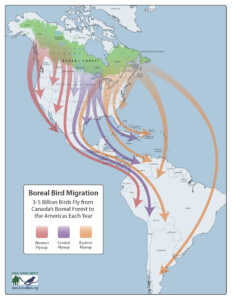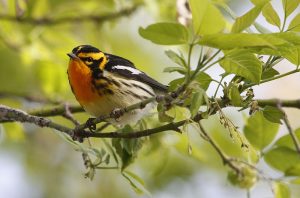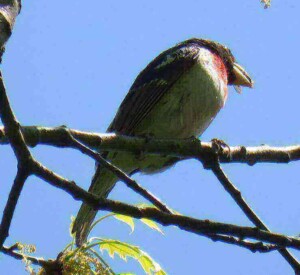
About 500 species of birds will migrate through IL. Some will remain here to nest through the spring and summer while others will continue to make their way to Canada’s boreal forest. The Chicago area is an important refuge for the migratory species, many of whom have just flown over the corn belt where places safe to rest and forage are too few and far between. Hundreds of thousands of birds may spend some time here to rest up for the next leg of the journey. Birds appreciate the trees and the waterways here. They’ve been making this journey for thousands for years, long before colonization. The routes are part of an instinct that doesn’t recognize cities built with skyscrapers.
Help them make it though the region safely. Below are some of the most important things you can do. Links will take you to more information and resources.
- Put this number to the Chicago Bird Collision Monitors in your contacts list. Call (don’t text or email) them to let them know you found an injured bird. CALL 773 988 1867. They will collect dead birds too to take to the Field Museum for study.
- Keep cats indoors during migration season (all year is better). They’ll be unhappy for a month or two, but ethically much better than adding to the statistic (a scientific fact) that close to a billion birds are killed by cats every year.
- Add decals or get creative with tempura paint to disrupt the reflections on windows. Birds cannot tell that a cloud or a tree is a reflection vs the real thing. It’s distressing to think a bird has survived many hazards (cats, poachers, loss of habitat, other predators) while migrating for thousands of miles only to fly into a building. Often, young birds are the victims, and it’s particularly tragic when you understand the level of energy and intense care it was given by its parents.
- Turn lights off at night; the lights confuse and disrupt birds as they migrate through night. Read this article featuring Judy Pollock, president of Chicago Audubon Society: 30 million birds predicted to fly over IL.

Blackburnian Warbler. Photo by Paul Hurtado - Have native plants, trees, and shrubs in your yard. These plants provide the resources that birds need--migratory and those that will nest here and raise their young. Birds prefer layers (varying heights), and they appreciate “snags” and other bare stems for perching on to get unobstructed views of the area. Hummingbirds are known for their use of nectar feeders, but most of their diet is in insects, a little known fact. Read our recap of a presentation by Judy Pollock and her suggested plants for birds: Native Plantings to Attract Migratory Birds

- Do not do too much spring clean up. All that leaf litter and stems are habitat to the many larvae of flies and other insects that will feed birds like Hummingbirds, warblers, and flycatchers. Thrushes are ground foragers and love to eat insects found in leaf litter.
- Support conservation efforts at your local preserves and/or encourage your lawmakers to support legislation that protects birds. Volunteer to bird monitor. Participate in citizen science for birds.
- Support efforts to fight climate change. Many species of birds are severely threatened by the climate crisis.
